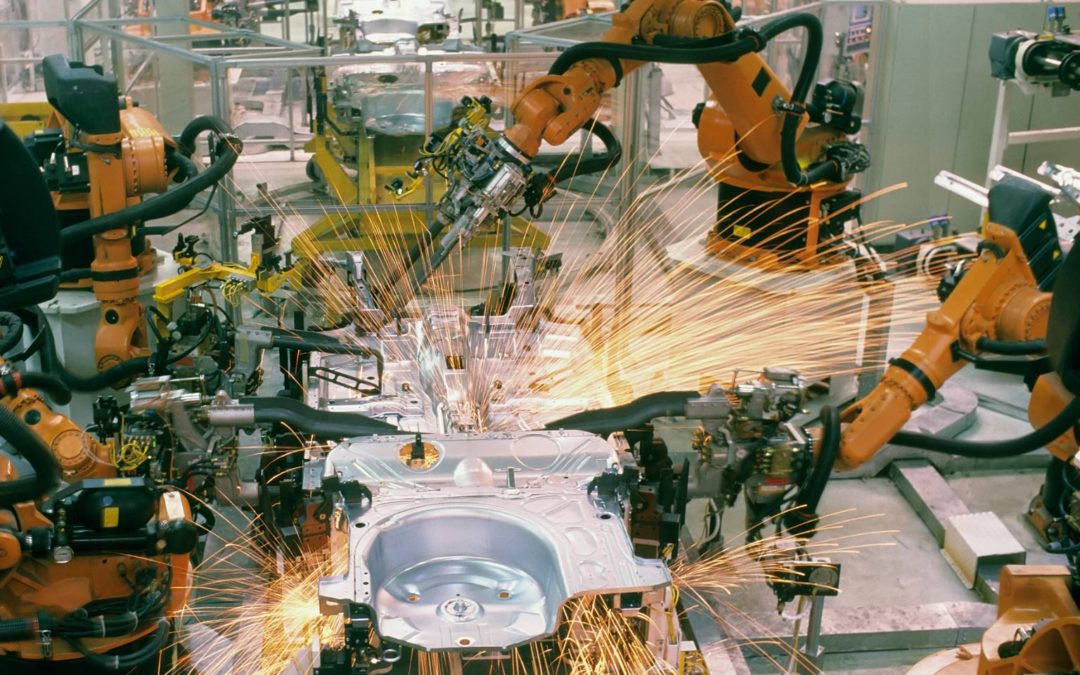This article consists of 10 pages and 2381 words. Modern Manufacturing In order to have full access to this article, email us at thedocumentco@hotmail.co.uk
Ref No: 1388
Table of Contents
Explanation of Arguments presented in relation to Standard Costing and Variance Analysis.
The Extent to which Johnson and Kaplan’s Statement Remains True a Quarter of a Century Later
Explanation of Arguments Presented in Relation to Standard Costing and Variance Analysis
Modern Manufacturing Environment: Among the arguments presented, one concerned the issue of cross-subsidisation among products due to standard costing. Cross subsidisation due to standard costing can be an unintended and unwanted outcome that can erode the cost and price competitiveness of an organisation (Hendrickson and Au 1989: 20). This happens mainly due to the arbitrary allocation of overhead costs mostly based on labour hours, which may not be the reason behind the generation of overhead costs at the first place (Anderson 2014: 264). Collier and Aguei-Ampomah (2005: 68) give an example where a product, in reality, would give rise to very low overhead costs but standard costing may not depict so due to the inappropriate allocation of overhead costs. All this may eventually lead to incorrect costing of products with perhaps a low-cost product was shown to incur high costs simply because of the high labour hours that it consumes. This will ultimately lead to wrong budgeting and pricing followed by loss of customers, where low-cost goods are wrongly priced high, and loss of profitability where high-cost goods are sold at lower prices (Hendrickson and Au 1989: 20).
However, it is noteworthy that cross-subsidisation would not have been an issue where mass production of one product took place. However, organisations today produce multiple products using automation as opposed to manual work resulting in less labour cost and higher overhead costs as a percentage of total costs. The manufacturing environment of today is the lean manufacturing where products are produced in lesser quantities to meet the precise desires of the customers, requiring multitudinous set-ups (Hall 2012: 313). Modern Manufacturing Environment: Therefore, if standard costing is applied in such circumstances, the various decisions regarding products such as whether to produce on the site or whether to out-source or the right product mix to produce and sell can be incorrect, as stated in the argument presented by Kaplan and Johnson due to the misleading cost information provided by standard costing especially where labour, the very basis of allocating a major cost in a modern environment (the overheads) becomes unimportant. Moreover, any reaction to the strategies of competitors can be unhealthy for the company, where for instance a product that actually cost more but depicted as less costly by standard cost report is given discounts on as a competitive reaction (Hall 2012: 313; Maskell, Baggaley and Grasso 2011)
Modern Manufacturing Environment: Additionally, due to the fierce global rivalry, the objectives related to manufacturing have evolved as the ideas of lean-manufacturing, Just-In-Time (JIT), continuous improvement, etc. have gained momentum, where companies aim for customisation, alleviating quality standards, and delivery speed and decreasing inventories and costs(Scarlett 2005: 377). The existence of the mentioned objectives make up another argument presented against the use of standard costing when used for the control of cost and evaluation of performance
In an organisation that uses JIT, the usage of standard cost budgeting and variance analysis can lead to a behaviour that is dysfunctional as JIT focuses on massive inventory reduction so that goods are produced in small batches in accord with the current demand. Variance analysis in standard costing, on the other hand, favours performance that coincides with large batches and inventory. Therefore, if managers were to be judged using variance analysis, the efficiencies of the JIT system relating to frugal batch sizes and zero inventory could not be benefitted from as performance depicted via variance analysis will be used for rewarding purposes and that is what managers will seek to do (Scarlett 2005: 377). An example of this is provided by Sulaiman, Nalini K Ahmad and Mohd Ali(2005: 110), where a material price variance can stimulate bulk purchasing to reduce costs, leading to the accumulation of inventory.
Additionally, where standard costing is the only method used, this will result in quality being compromised for cost reduction since this will be the only way variances will be rewarding for managers. In the modern environment quality and customer, orientation is some of the many gaols alongside cost that have to be managed. Also, in the case of cost, standard costing considers a specific cost as a target to be reached. This is in contradiction with the principle of continuous improvement, where a standard is not set, rather, the company seeks to reduce the actual cost incurred each time and the variance is how much short the company fell in its reduction target (Kaplan 1990 cited in De Zoysa and KanthiHerath 2007: 277; Scarlett 2005: 378).
Furthermore, Maskell et al. (2011: 175) write that standard costing results in a gathering of the bulk of wasteful data and transactions that have to be collected for actual costs at each step of production. These complex data collections are simply seen to be wasteful in the case of lean manufacturing, where such information produces even more wastage in terms of time and resources via the production of multitudinous reports and meetings. Also, Sulaiman et al. (2005: 111) include that the information reporting is done at a time when no action can be taken to mitigate the harm caused and, that, too often these systems successfully hide the wastages within the overhead costs and likewise hinder the process of continuous improvement or lean manufacturing. As stated before, the competitive climate of today makes it even more important for information to be presented in ‘real time’ so that strategies could be flexed for more effective and efficient decision making.


Recent Comments